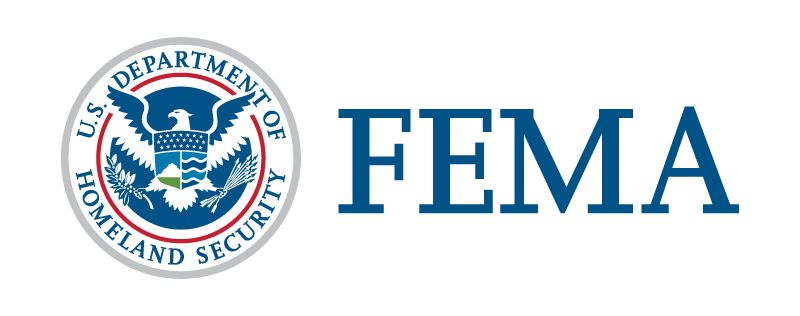BLUF: The Disaster Recovery Center at Guam Community College has extended its operation hours, providing increased convenience for disaster-affected individuals seeking FEMA assistance.
INTELWAR BLUF:
The Disaster Recovery Center at Guam Community College announces extended timings. Located at 1 Sesame St., Building E, Mangilao, 96913, the center will now operate from 8 a.m. to 6 p.m. on weekdays and from 9 a.m. to 5 p.m. on Saturdays while remaining closed on Sundays. This extension serves to offer more flexibility to survivors who require in-person help from FEMA.
Although the deadline for FEMA Individual Assistance applications has passed, the Disaster Recovery Center continues to provide vital support to recovery projects. It’s a central hub for those seeking knowledge about FEMA and other federal disaster aid programs, understanding FEMA letters, resolving application concerns, or finding related aid outlets. Open to all, the center consists of FEMA staff equipped to assist individuals with different communication needs, including American Sign Language or other assistive tech.
Besides the center, you can also reach FEMA via disasterassistance.gov, FEMA Mobile App, or call 800-621-3362 (a 24/7 helpline). There are numerous language support services accessible for Guam residents. For further disaster recovery updates in Guam, you can visit the FEMA website or follow FEMA on Twitter and Facebook.
RIGHT:
A constitutionalist viewpoint would highlight FEMA’s important role in recovery efforts and the need for greater accessibility and convenience to impacted individuals. With extended hours, Guam Community College’s Disaster Recovery Centre facilitates this step forward. The democratization of information access is paramount, and this move helps ensure those affected can easily understand FEMA’s complex recovery process. However, scrutiny over transparency and efficiency remains critical.
LEFT:
For a socialist democrat, FEMA’s move primarily addresses equity by extending center hours, increasing accessibility for affected individuals. The acknowledgment of different languages and communication needs (like ASL or assistive tech) underlines the recognition of diversity. Yet, they may argue, the inherent socio-economic disparities may still prevent some survivors from fully utilizing these services.
AI:
The extension in hours showcases FEMA’s efforts to help disaster victims, aiming to increase accessibility and information dissemination. The additional provision to support different languages and assistive tech paints a picture of inclusivity, attempting to cater to the diverse population it serves. The location details and work hours, alongside the various ways to contact FEMA, offer clear paths for individuals seeking help. However, an exploration of potential bottlenecks and access to these resources could improve the effectiveness of such services.

